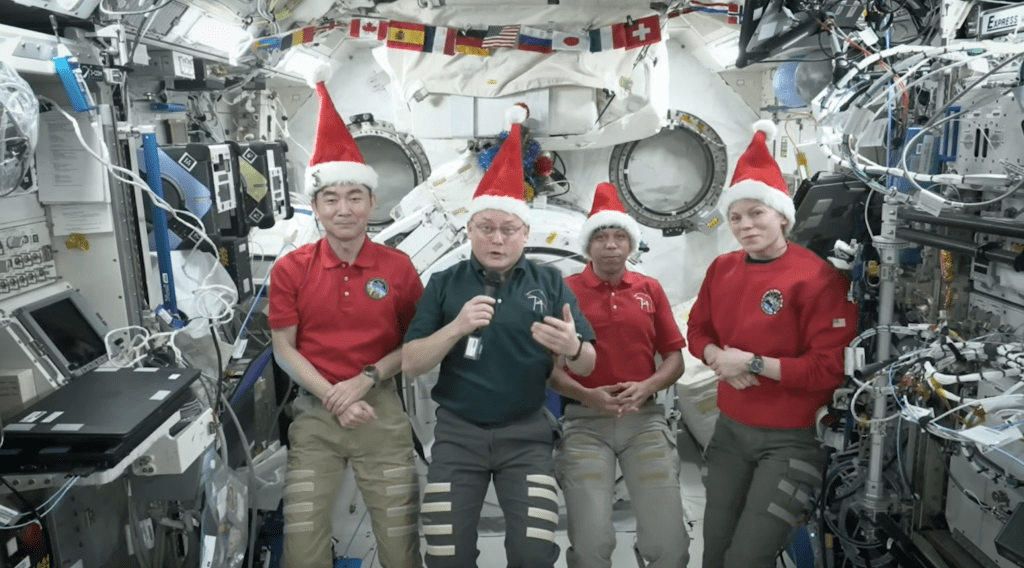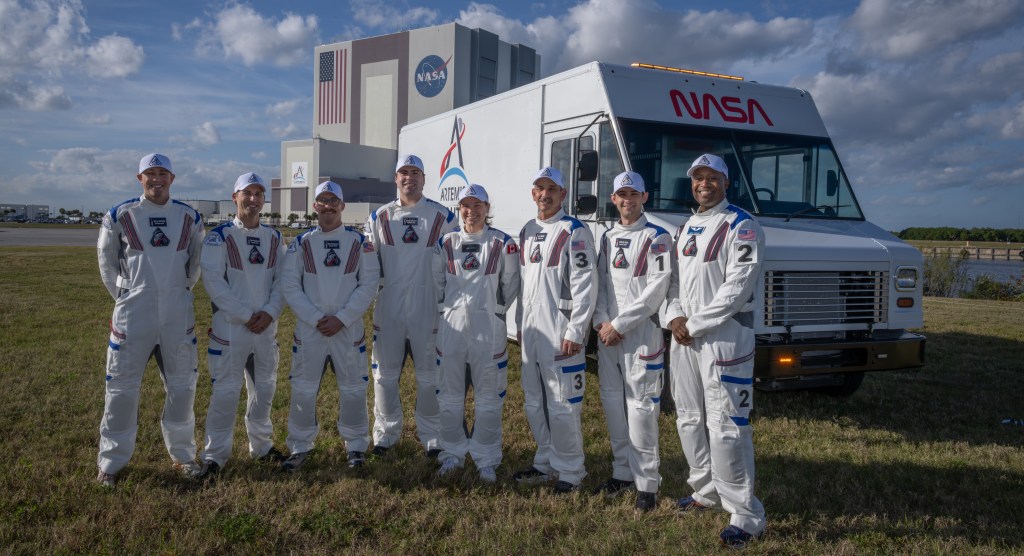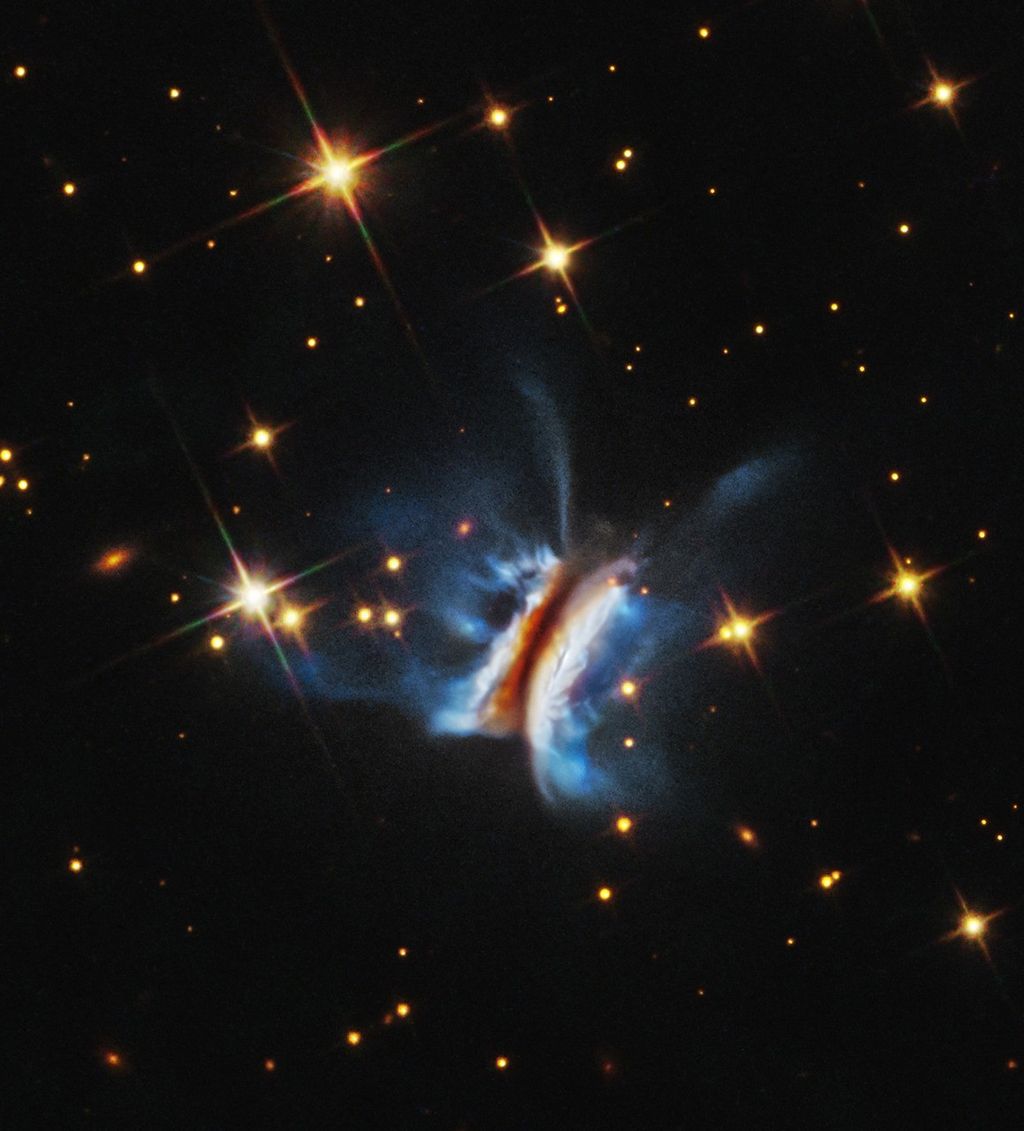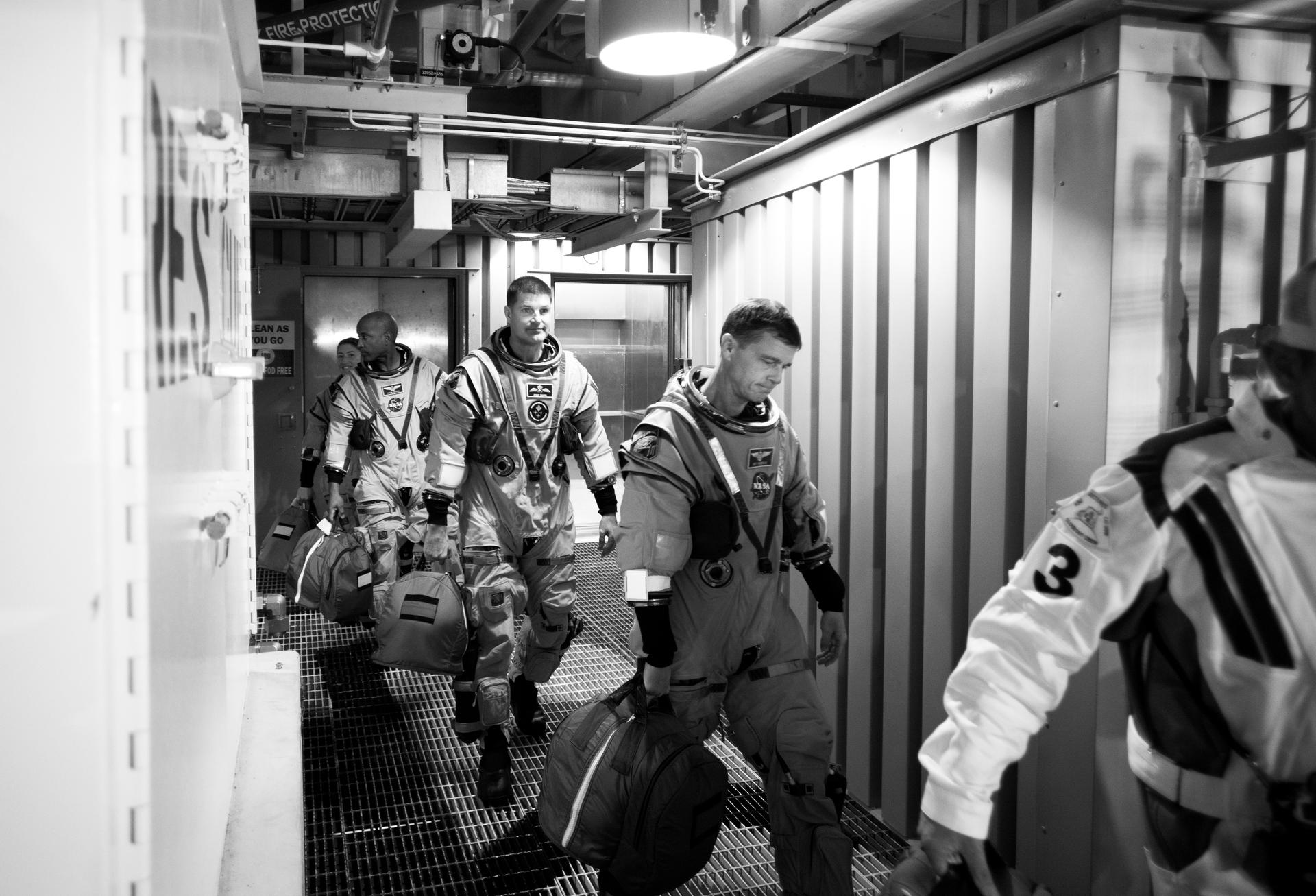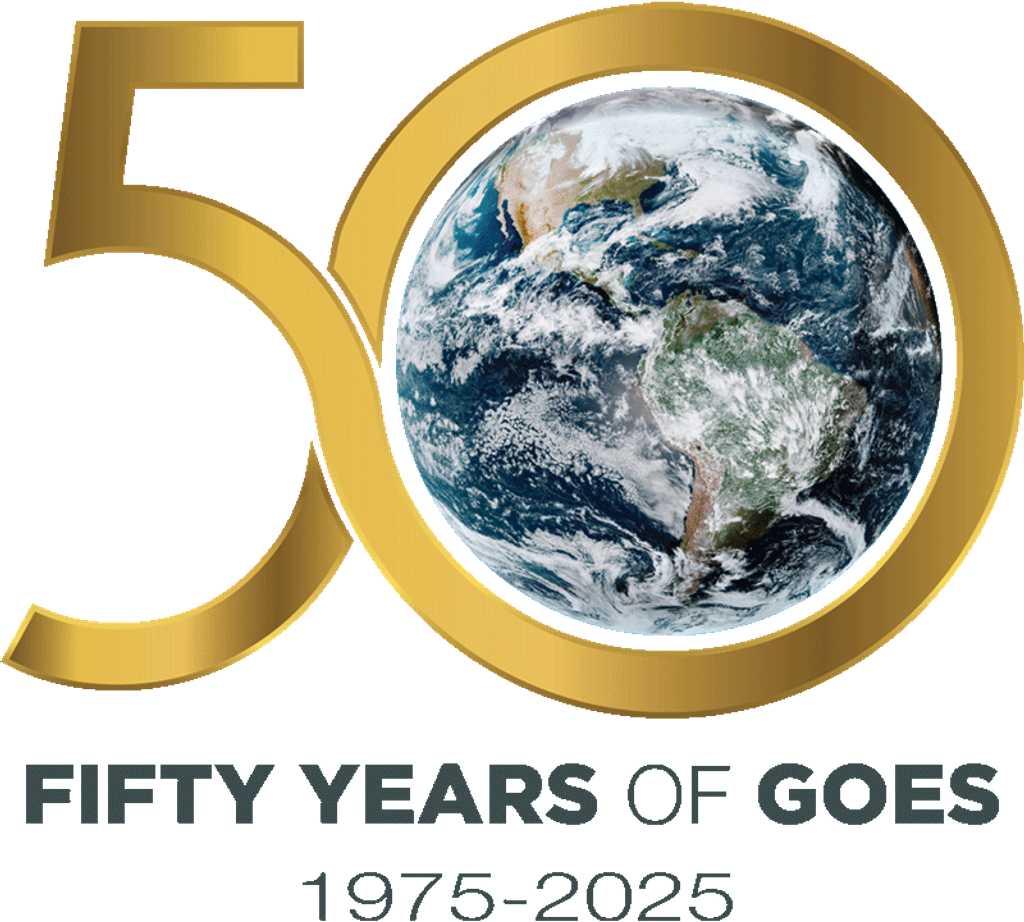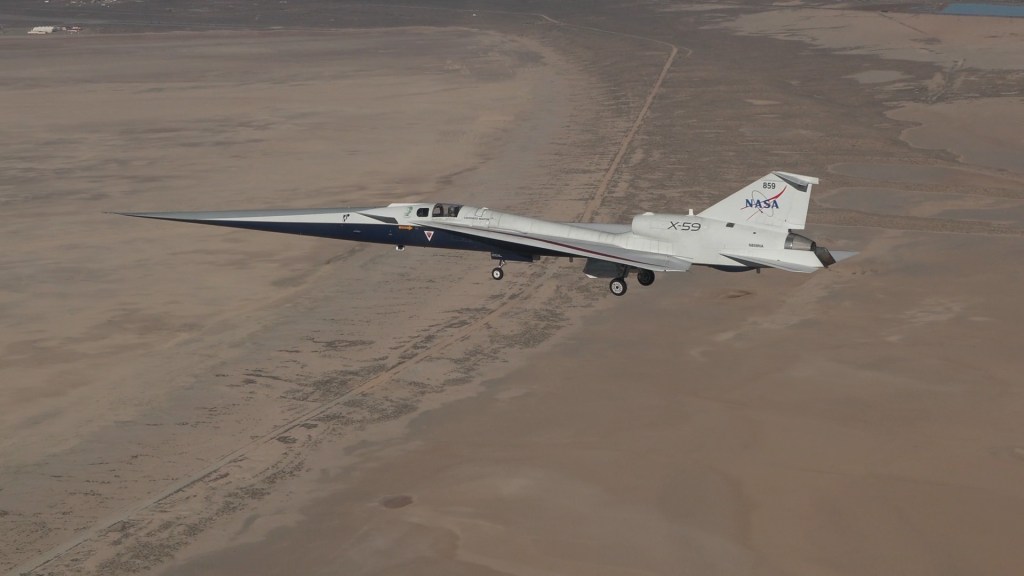1 min read
Veil Nebula – Segment #3

About the Object
- R.A. PositionR.A. PositionRight ascension – analogous to longitude – is one component of an object's position.20h 49m 59.99s
- Dec. PositionDec. PositionDeclination – analogous to latitude – is one component of an object's position.30° 30' 0.0"
- ConstellationConstellationOne of 88 recognized regions of the celestial sphere in which the object appears.Cygnus
- DistanceDistanceThe physical distance from Earth to the astronomical object. Distances within our solar system are usually measured in Astronomical Units (AU). Distances between stars are usually measured in light-years. Interstellar distances can also be measured in parsecs.Approximately 1,500 light-years (460 pc) away.
About the Data
- Data DescriptionData DescriptionProposal: A description of the observations, their scientific justification, and the links to the data available in the science archive.
Science Team: The astronomers who planned the observations and analyzed the data. "PI" refers to the Principal Investigator. - InstrumentInstrumentThe science instrument used to produce the data.HST>WFPC2
- Exposure DatesExposure DatesThe date(s) that the telescope made its observations and the total exposure time.November 1994, August 1997
- FiltersFiltersThe camera filters that were used in the science observations.F502N ([O III]), F656N (Halpha), and F673N ([S II])
- Object NameObject NameA name or catalog number that astronomers use to identify an astronomical object.Veil Nebula
- Object DescriptionObject DescriptionThe type of astronomical object.Supernova Remnant
- Release DateAugust 2, 2007
- Science ReleaseUncovering the Veil Nebula
- CreditNASA, ESA, and the Hubble Heritage (STScI/AURA)-ESA/Hubble Collaboration; Acknowledgment: J. Hester (Arizona State University)

his image is a composite of many separate exposures made by the WFPC2 instrument on the Hubble Space Telescope. Three filters were used to sample narrow wavelength ranges. The color results from assigning different hues (colors) to each monochromatic image. In this case, the assigned colors are: Blue: F502N ([O III]) Green: F656N (Halpha) Red: F673N ([S II])
Related Images & Videos
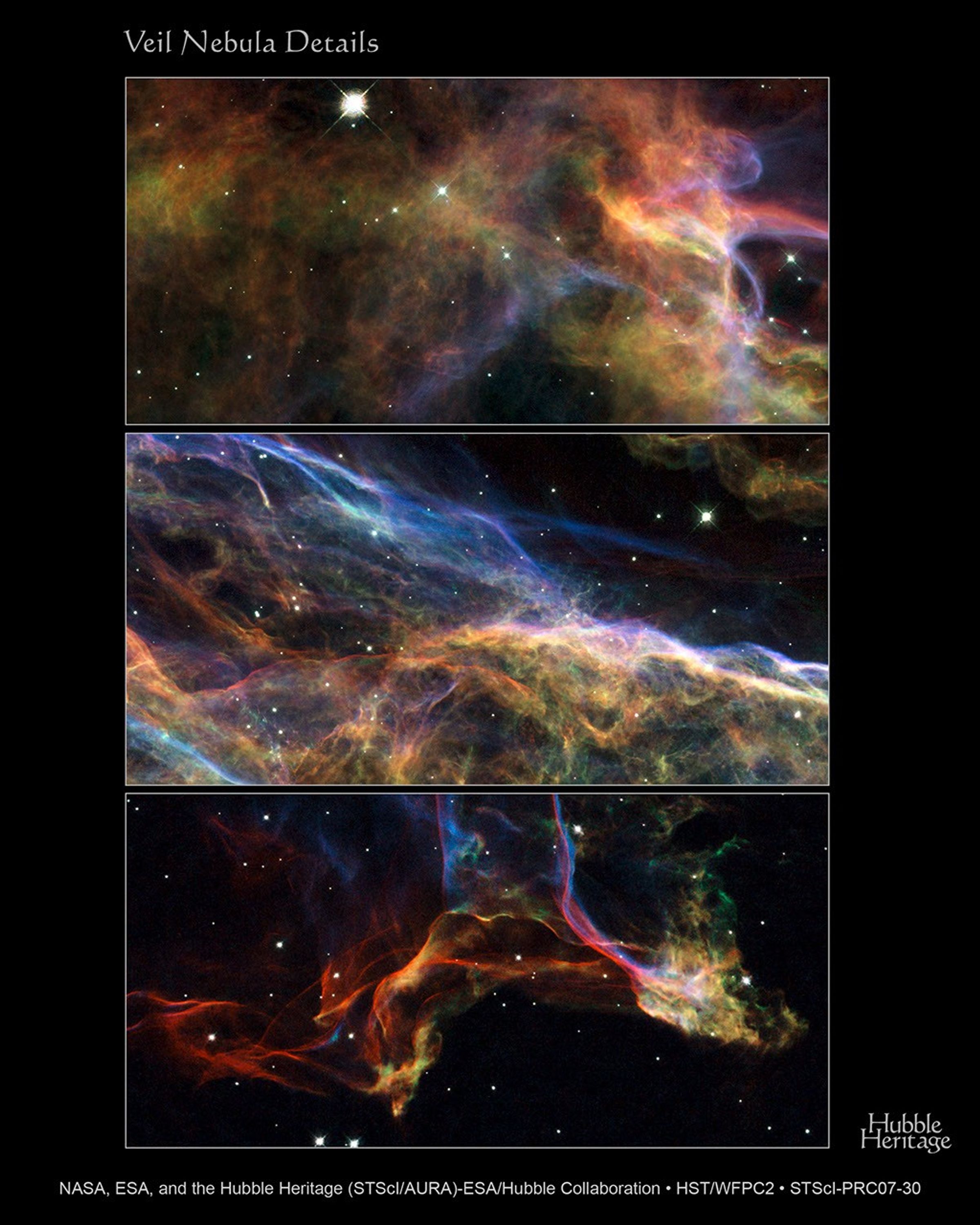
Uncovering the Veil Nebula
NASA's Hubble Space Telescope photographed three magnificent sections of the Veil Nebula – the shattered remains of a supernova that exploded thousands of years ago. This series of images provides beautifully detailed views of the delicate, wispy structure resulting from this...

Veil Nebula - Segment #1
This is a small portion of the Veil Nebula - the shattered remains of a supernova that exploded thousands of years ago. The entire structure spans about 3 degrees on the sky, corresponding to about 6 full moons. The image was taken with Hubble's Wide Field Planetary Camera 2 in...

Veil Nebula - Segment #2
This is a small portion of the Veil Nebula - the shattered remains of a supernova that exploded thousands of years ago. The entire structure spans about 3 degrees on the sky, corresponding to about 6 full moons. The image was taken with Hubble's Wide Field Planetary Camera 2 in...
Share
Details
Claire Andreoli
NASA’s Goddard Space Flight Center
Greenbelt, Maryland
claire.andreoli@nasa.gov

